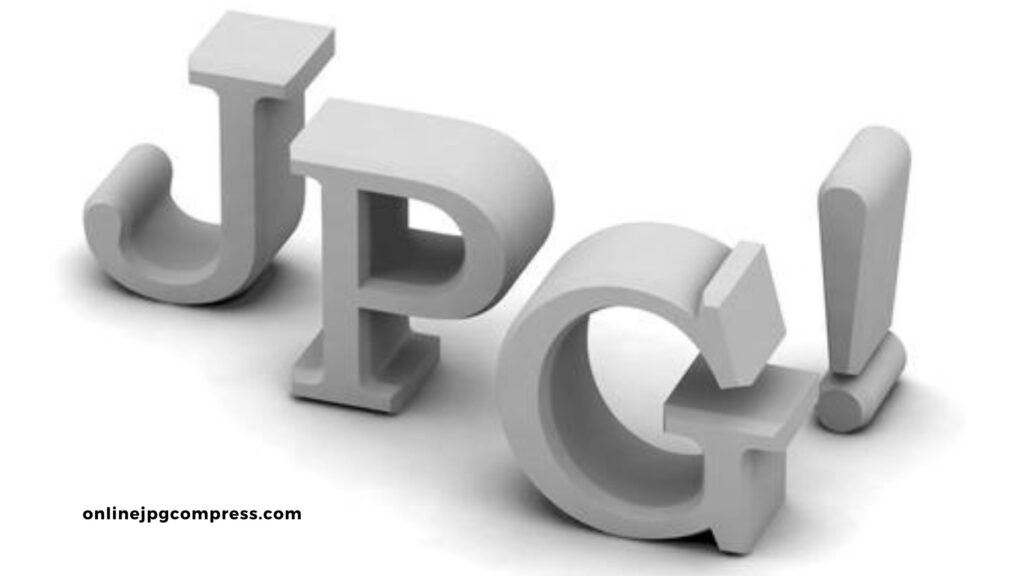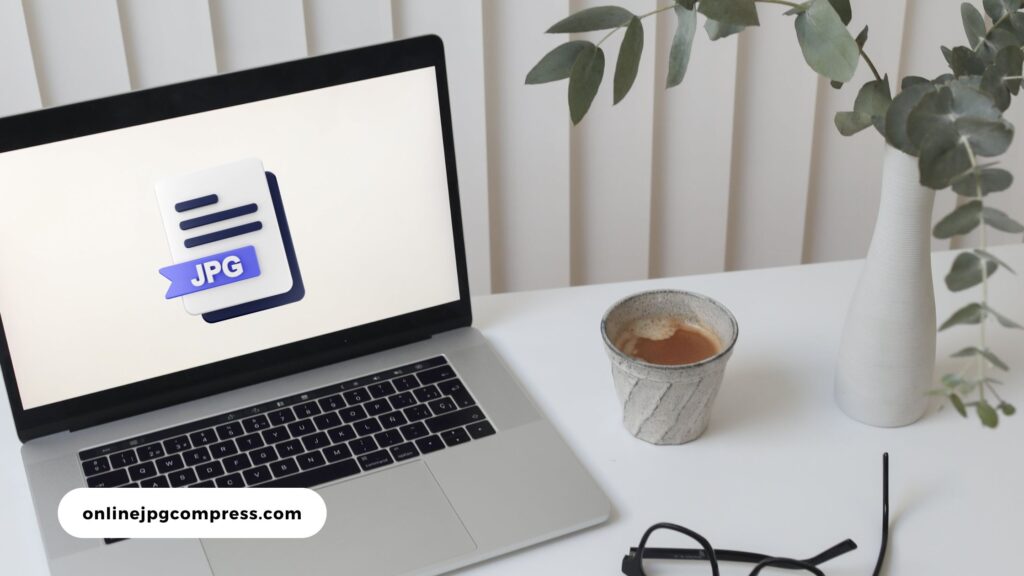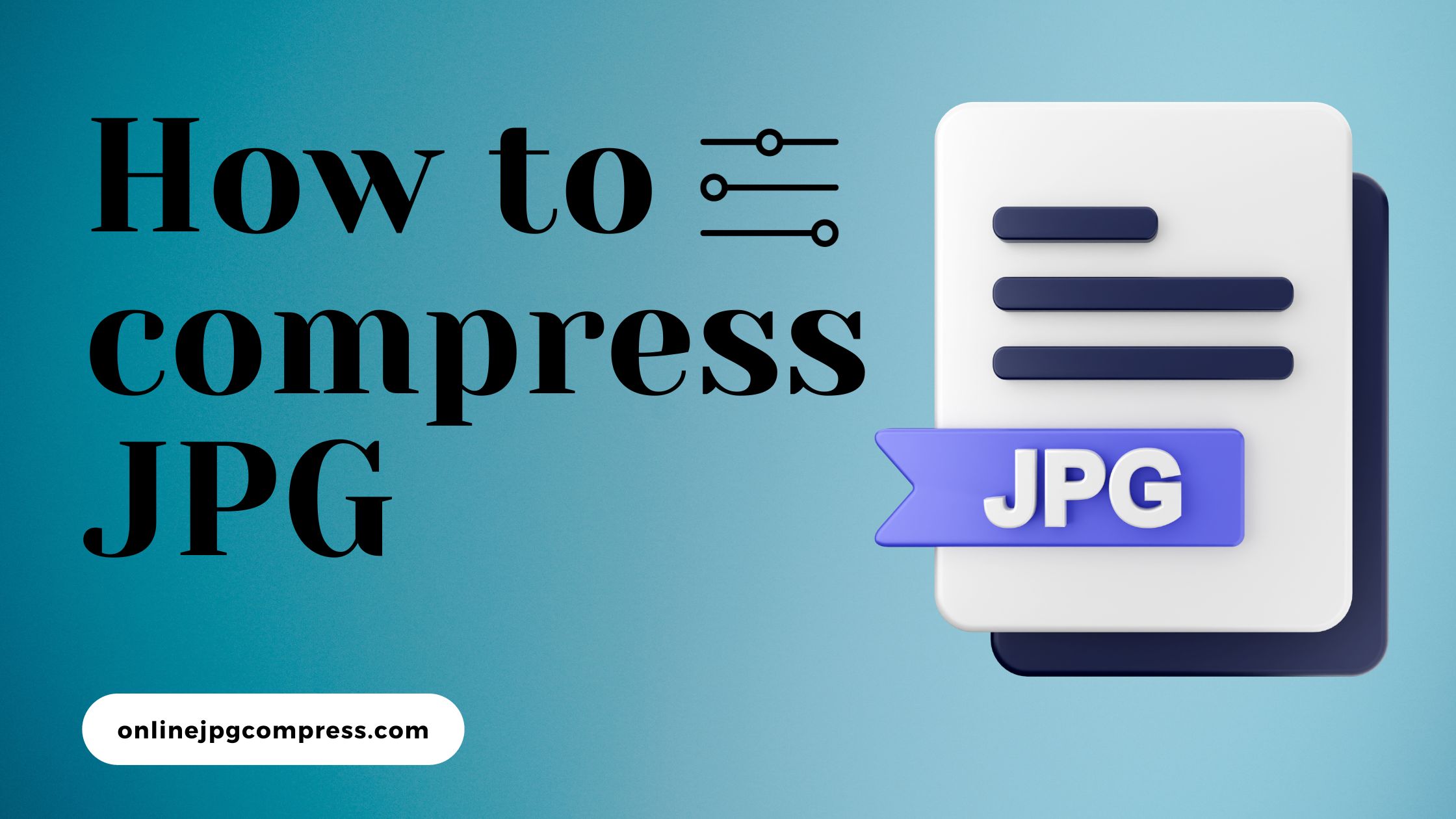Introduction
In an era where digital assets dominate our daily lives, effectively managing image files has become a paramount concern. Among the myriad file formats, the JPG (or JPEG) stands out for its balance between image quality and file size. However, as the volume of digital images grows, the need to compress JPG files becomes crucial for efficient storage, seamless sharing, and enhanced digital workflows.
Read this – Maximizing Efficiency: The Power of JPG Compression in the United States

Why Compress JPG Files?
Before delving into the intricacies of compression, it’s essential to understand why it matters. The benefits extend beyond mere reduction in file size:
Storage Optimization: Compressed files occupy less space, allowing you to store more images without worrying about running out of disk space.
Faster File Transfers: Smaller file sizes mean quicker upload and download times, making sharing images online or via email more efficient.
Improved Website Performance: For website owners, compressed images contribute to faster loading times, enhancing both user experience and search engine optimization (SEO).
Bandwidth Savings: Whether uploading images to a cloud server or sharing them on social media, compressed files result in significant bandwidth savings.
Mobile Optimization: With mobile devices being the primary medium for accessing digital content, compressed images ensure faster loading times, catering to the preferences of smartphone and tablet users.
Choosing the Right Compression Tools
The market offers a plethora of tools for compressing JPG files, ranging from user-friendly online platforms to feature-rich desktop applications.
Online Platforms:
Explore tools like TinyPNG, Compressor.io, and JPEG-Optimizer for quick and easy compression without the need for software installation.
These platforms are ideal for users looking for simplicity and efficiency.
Desktop Applications:
For those who seek more control over the compression process, desktop applications like Adobe Photoshop, GIMP, and IrfanView provide advanced options.
These tools offer customization features, making them suitable for professionals and enthusiasts requiring a tailored approach to compression.
Step-by-Step Guide to Compressing JPG Files
Now, let’s delve into a detailed step-by-step guide to compressing JPG files effectively:
Step 1: Choose Your JPG Compression Tool
Select an online platform or desktop application based on your requirements.
Consider factors such as user interface, customization options, and additional features.
Step 2: Upload Your JPG Files
Once you’ve chosen a tool, upload the JPG files you wish to compress.
Most online platforms allow you to drag and drop files directly, while desktop applications provide file selection options.
Step 3: Customize Compression JPG Settings
Depending on the tool, you’ll have options to customize compression settings.
This may include adjusting the compression level, choosing between lossy and lossless compression, and selecting additional features like image resizing or format conversion.
Step 4: Initiate JPG Compression
After customizing settings, initiate the compression process. The tool will work its magic, reducing file sizes while attempting to maintain optimal image quality.
Step 5: Download JPG Compressed Files
Once the compression is complete, download the compressed JPG files.
Ensure that the images meet your quality standards and retain the visual integrity required for your specific use case.
By following these steps, you can efficiently compress JPG files, optimizing them for various purposes without sacrificing image quality.

Advanced Compress JPG Techniques
For users seeking more control over the compression process, advanced techniques are available:
Using Image Editing Software: Tools like Photoshop allow for manual adjustment of compression settings, providing fine-tuned control over the process.
Automation with Plugins and Scripts: Explore the use of plugins and scripts for automated batch compression. This is particularly useful for users dealing with a large number of images.
Coding for Custom Solutions: For those with coding expertise, delving into coding allows for custom compression solutions tailored to specific needs.
Benefits of Compress JPG Files
The advantages of compressing JPG files extend far beyond just reducing file sizes:
1. Storage Optimization:
Compressed files occupy less storage space, allowing you to store more images without the need for additional hardware.
2. Faster File Transfers:
Smaller file sizes translate to quicker upload and download times, making it easier to share images online or via email.
3. Improved Website Performance:
For website owners, compressed images contribute to faster loading times, enhancing user experience and SEO rankings.
4. Bandwidth Savings:
Whether you’re uploading images to a cloud server or sharing them on social media, compressed files result in significant bandwidth savings.
5. Mobile Optimization:
In an era where mobile devices dominate, compressed images ensure faster loading times for users accessing your content on smartphones and tablets.
Best Practices for Compress JPG
To maximize the benefits of JPG compression, consider the following best practices:
1. Balance Compress JPG Levels:
Find the optimal balance between file size reduction and acceptable image quality by experimenting with different compression levels.
2. Understand Lossy vs. Lossless Compress JPG:
Comprehend the difference between lossy and lossless compression and choose the appropriate method based on your specific needs.
3. Resize Images Before Compress JPG:
If resizing is part of your compression process, consider resizing images to the desired dimensions before initiating compression for better control over the final result.
4. Backup Original Files:
Always keep a backup of your original, uncompressed files to avoid permanent loss of data.
5. Utilize Compress JPG Plugins:
For website owners, explore the use of compression plugins to automate the compression process and ensure consistently optimized images.
6. Regularly Review JPG Compress Settings:
As tools and technologies evolve, periodically review and update your compression settings to stay abreast of the latest advancements.

Conclusion
In conclusion, mastering the art of compressing JPG files is a valuable skill in today’s digital landscape.
Whether you’re a photography enthusiast, a graphic designer, or a website owner, understanding how to efficiently compress JPG files can significantly impact your digital workflow.
By choosing the right tools, following a systematic compression process, and implementing best practices, you can enjoy the benefits of optimized storage, faster file transfers, and improved overall digital efficiency.
Stay abreast of the latest compression techniques, and make the most out of your digital experience by making JPG compression an integral part of your workflow.
As technology continues to advance, the field of JPG compression will evolve as well.
Stay curious, experiment with different techniques, and embrace the efficiency that comes with mastering the art of compressing JPG files.

2 thoughts on “Compress JPG Mastery: Streamlining Digital Workflows”